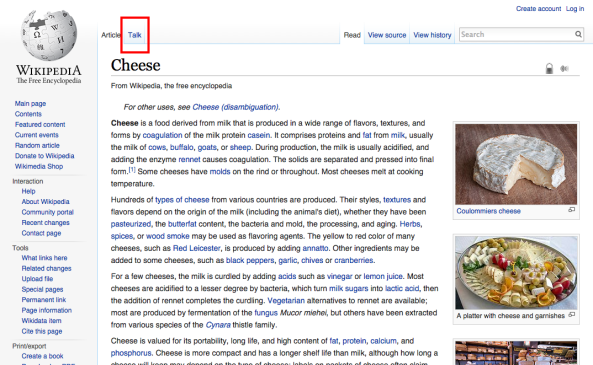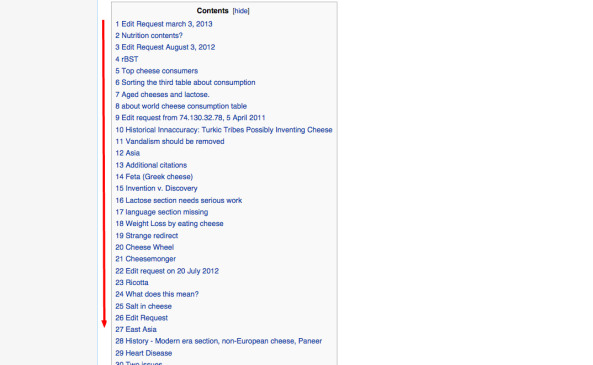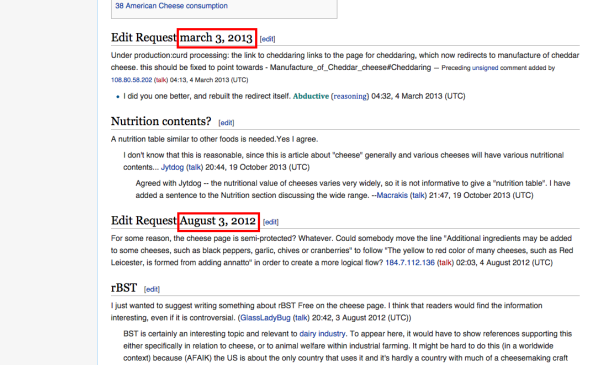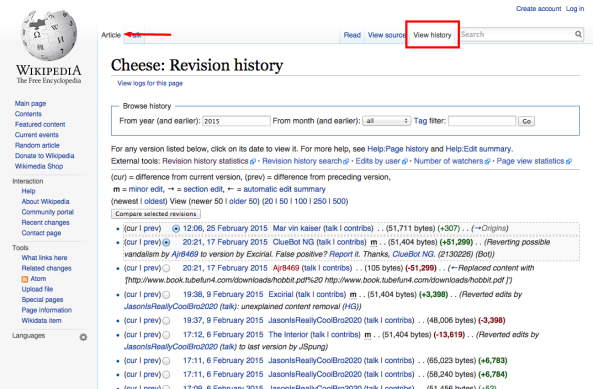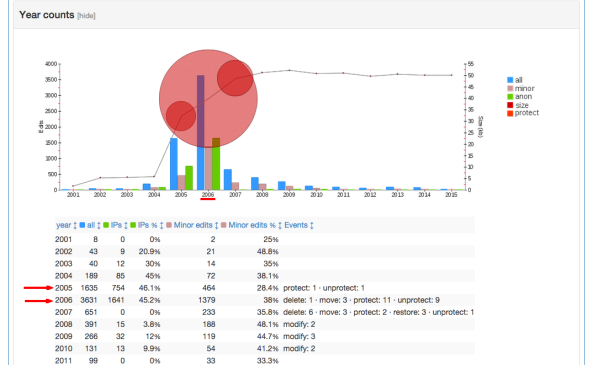At some point in our lives, most of us have heard the aphorism, “Character is who you are when you think nobody is watching.” But in this day and age, is there really a time when no one is watching?
In light of a recent surge of scandalous activity in our beloved Lone Star State, we’ve decided to take a look at the ways that new media has affected the level of accountability under which authority figures must reside. More specifically, we’d like to highlight the idea that easy, open access to surveillance equipment (like smartphone cameras conveniently located in everyones’ back pockets) and distribution/momentum building through social media sites (truly, who doesn’t have Facebook at the tip of their fingers) has opened the door for a synopticon society in a big way.
By creating a remix project in the style of a song video, we plan explore how turning the eyes of [the many of] Texas onto “the few” has rewritten the rules of behavior and consequence for those who hold Texas’s most respected leadership positions. Our song shall be “The Eyes of Texas,” and with it we’ll argue that the ability for all of Texas to turn its eyes upon the few charged to lead our state, cities, and educational institutions, has resulted in leaders being held accountable and more tightly surveilled. “The Eyes of Texas” is typically intended to create a panoptical feeling in those who hear the song, asserting that the University of Texas is always watching all the other universities they encounter; however, we’d like to use it a little more ironically, implying that– in a rather synoptic manner– all the eyes of the people of Texas are always watching their leaders.
Our video footage will be clips of Texas authority figure scandals, as recorded by news stations and citizens’ smartphones. With this specific combination, we hope to make the idea that the synopticon is alive and operating very real to our audience, as they are residents under these leaders’ authorities.
The video below reflects our intended remix in its selection of clips and their flow. Our sources are very much related to the types of sources used in this video, being primarily news broadcasts and videos shared on social media. Our remix will also reflect this video in its flow by connecting several events and showing trends in surveillance of the few by the many. However, our video will be a songvid, different from the chronological supercut format of this video. The “Too Many Dicks” or “Somebody’s Watching Me” examples shown in class reflect our intended vision to use the song as a lens through which to interpret and analyze the video clips.
The Gay Rights Movement
Our video should solidify the notion that media scholar David Lyon highlights in his chapter on the synopticon and scopophilia:
“The few may well watch the many, as they do in surveillance situations of constantly increasing magnitude, but this does not mean that the many no longer watch the few… Indeed, the same communication and information technologies today permit an unprecedented watching of the few by the many…”
After watching our remix video, singing “the eyes of Texas are upon you…” may have a whole new meaning.



